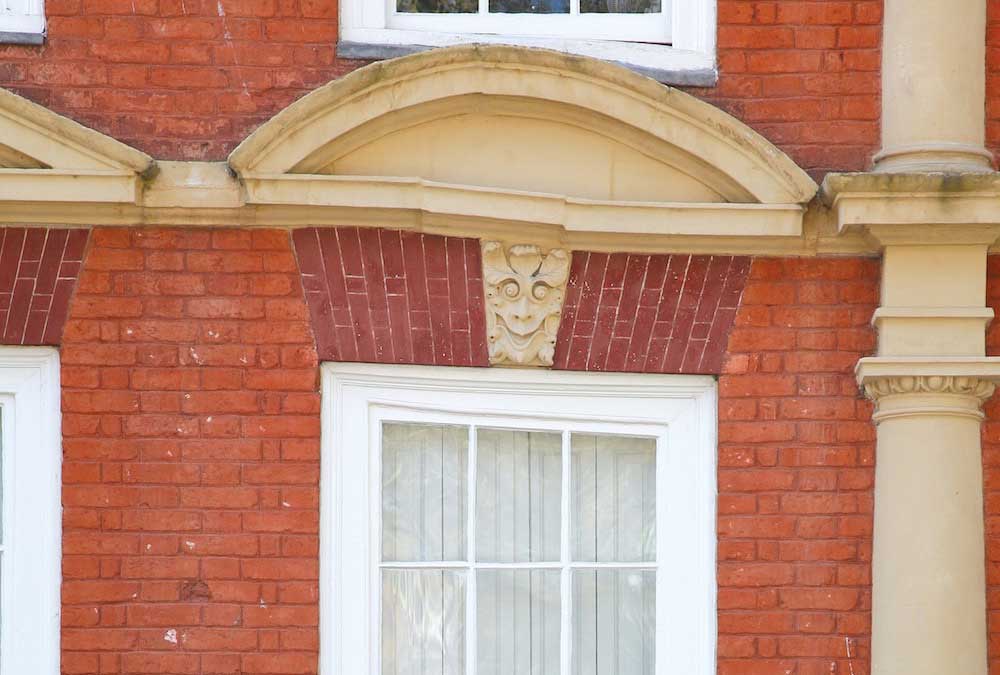Anyone repairing or conserving old buildings should know about lime. Although lime mortars, renders and plasters were largely superseded by cement based products in the first half of the 20th century, lime has a long and proven track record dating back to ancient times; we know, for example, that the Egyptians were using lime by 4000 BC in the construction of pyramids.
This doesn't mean that lime is an outmoded technology, nor is it a complicated or difficult to use material. In fact, lime has a growing place in modern construction with increasing numbers of designers choosing to use lime based products because of their special properties.
Unlike many modern materials, lime has the great benefit of allowing buildings to breathe, thus avoiding problems of dampness and decay. Equally, lime produces wonderful soft looking textures, weathers gracefully and, in the form of limewash, can add striking colour and beauty to buildings.
Lime based materials offer flexibility and have the ability to self-heal so allow a degree of movement, saving the need for regular expansion joints. From a sustainability perspective, when a building is demolished lime mortar can easily be removed from bricks or stones, enabling their reuse. When working with lime there is less waste than with cement mortars as mixes can remain useable the following day and some may be stored indefinitely.
There are two main types of lime: non-hydraulic and hydraulic. Non-hydraulic lime is produced by burning pure limestone (calcium carbonate) in a kiln. This results in quicklime (calcium oxide) which is then slaked with water to produce calcium hydroxide in the form of lime putty. This may be mixed with aggregate to create a mortar and becomes hard when in contact with the air (carbonation), resulting in a material similar to the limestone it was made from. This process is known as the ‘lime cycle’.
Hydraulic lime is produced in a similar way but from limestones with naturally occurring impurities and it’s these minerals that allow the mortar to set and harden through chemical reactions with water (hydration). Available in powder form, hydraulic lime sets faster than non-hydraulic lime and has a higher strength but a lower permeability. Natural hydraulic lime (NHL) is sold in various strengths (NHL 2, 3.5 and 5) to suit different buildings needs.
In dealing with old buildings we shouldn’t ignore emerging innovations in lime technology. If re-rendering, it’s certainly worth considering insulating lime renders as a way of increasing the thermal performance of old walls. Should it be necessary to replace an inappropriate concrete floor, a limecrete floor can offer a viable alternative as it will provide a structural floor slab that is vapour permeable and can include underfloor heating.
Another non traditional product is hempcrete. This mix of hemp - a natural plant fibre - with hydraulic lime and various additives offers excellent thermal insulation, thermal inertia and humidity control. It’s uses range from providing insulation to the walls of medieval timber framed houses to constructing extension; in its panellised form it’s even been used to build new superstores.

Lime mortar allows gentle movement in buildings

The lime cycle

Calcium carbonate, here in the form of limestone, forms the basis of lime building products

Lime putty
Roger Hunt
Roger Hunt is an award winning writer and blogger specialising in sustainability, old houses, housebuilding and traditional and modern building materials. He is the co-author of Old House Handbook and the companion volume Old House Eco Handbook.
Read Roger Hunt’s blog huntwriter and follow him on Twitter @huntwriter
